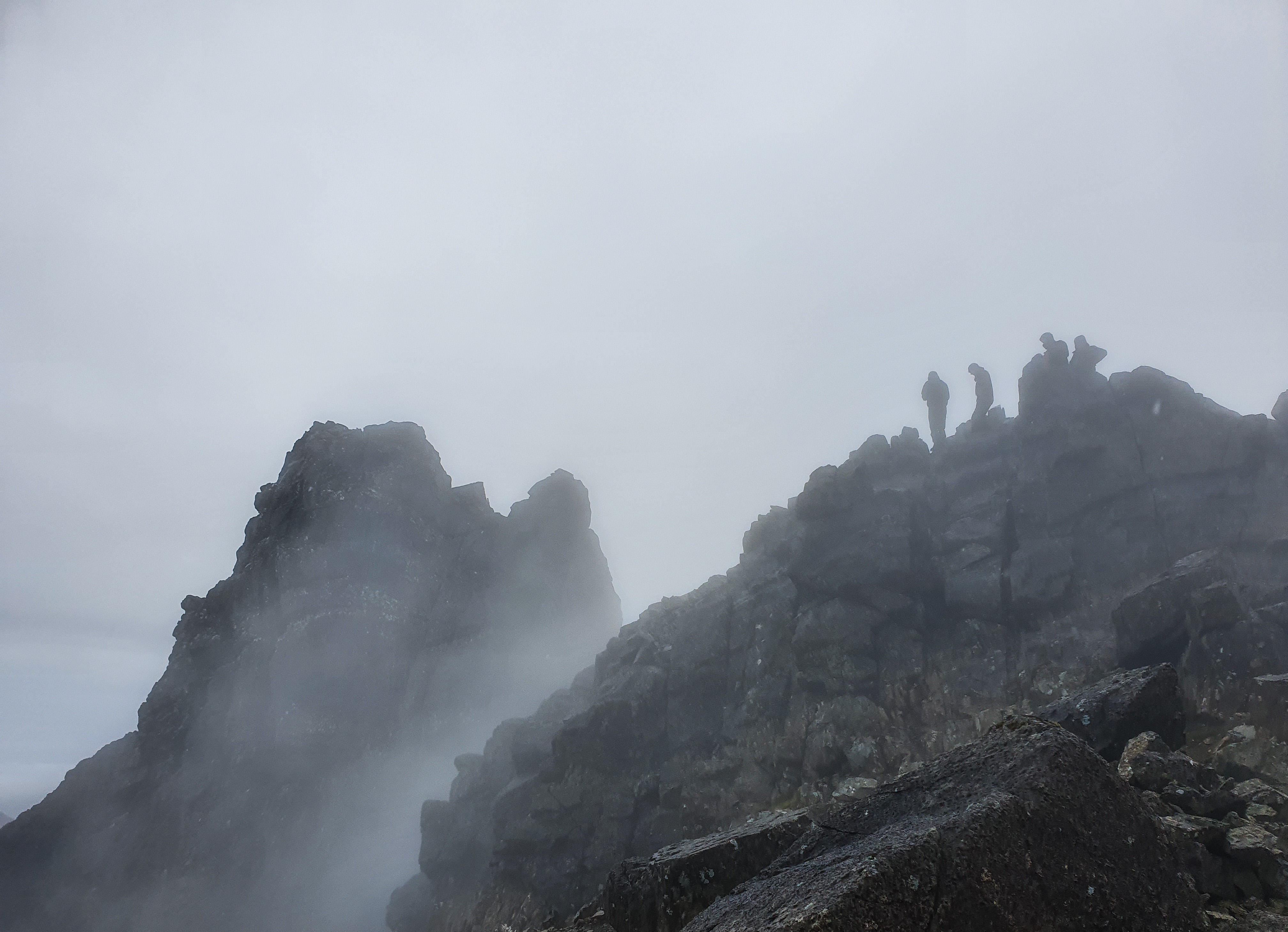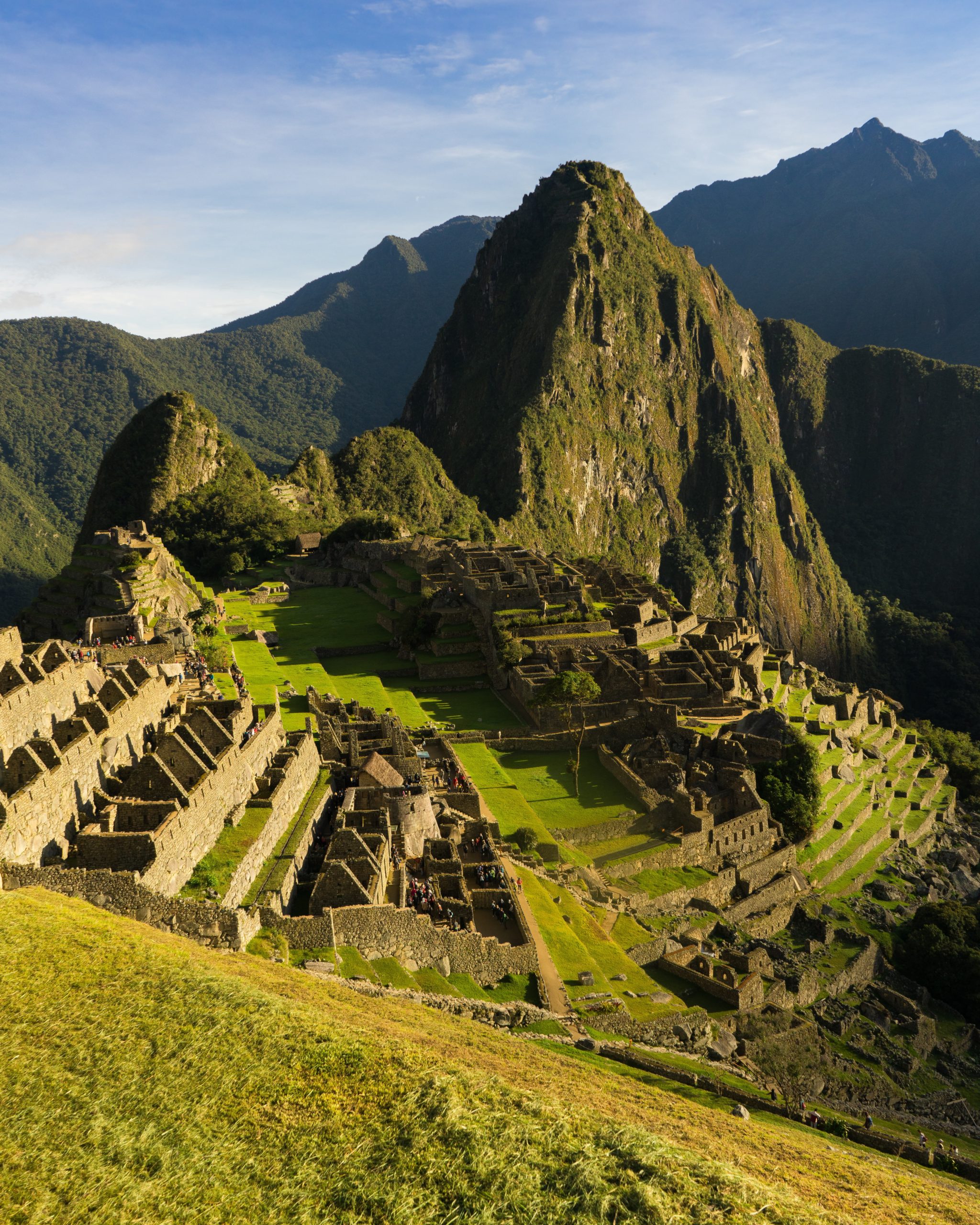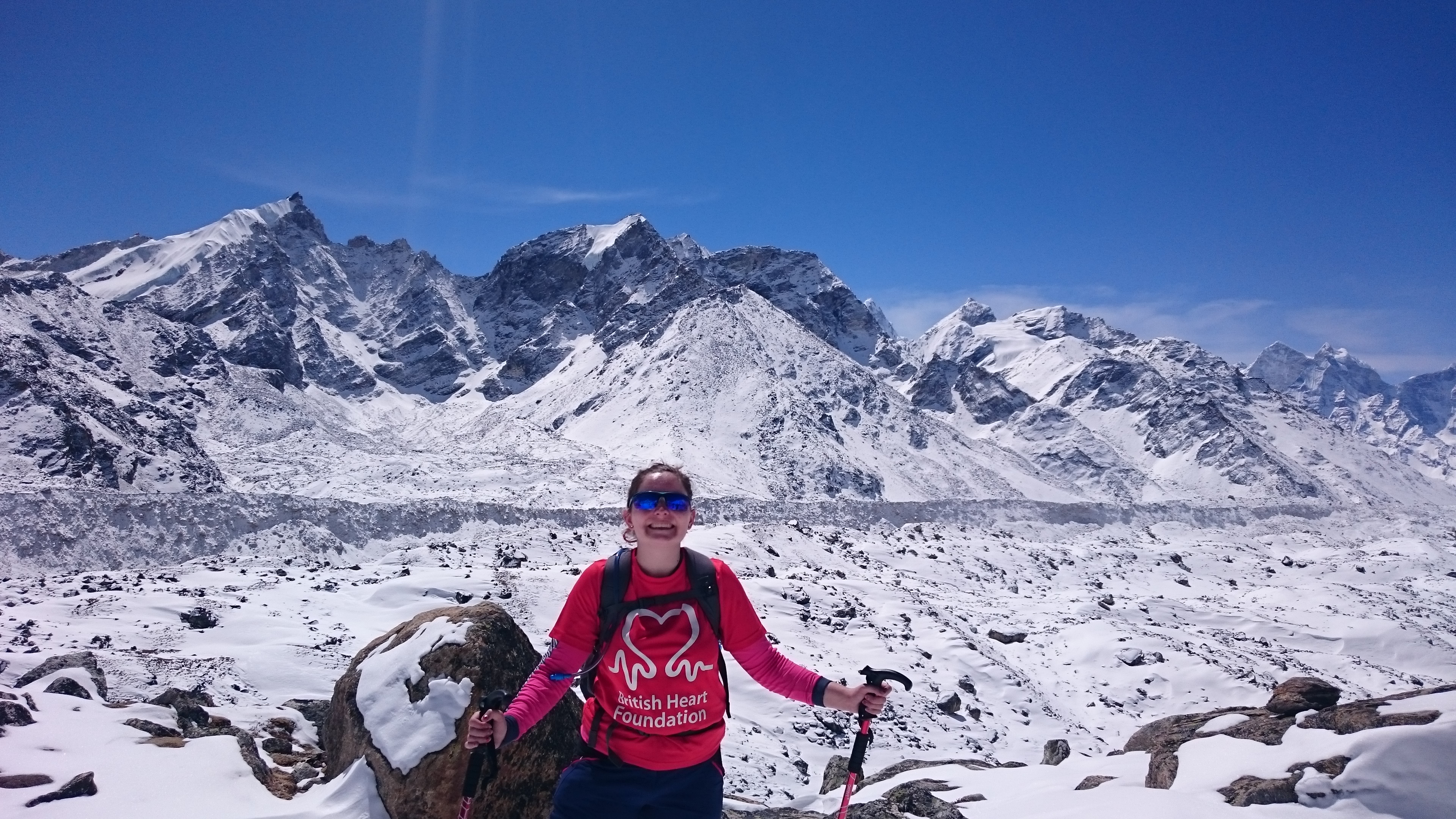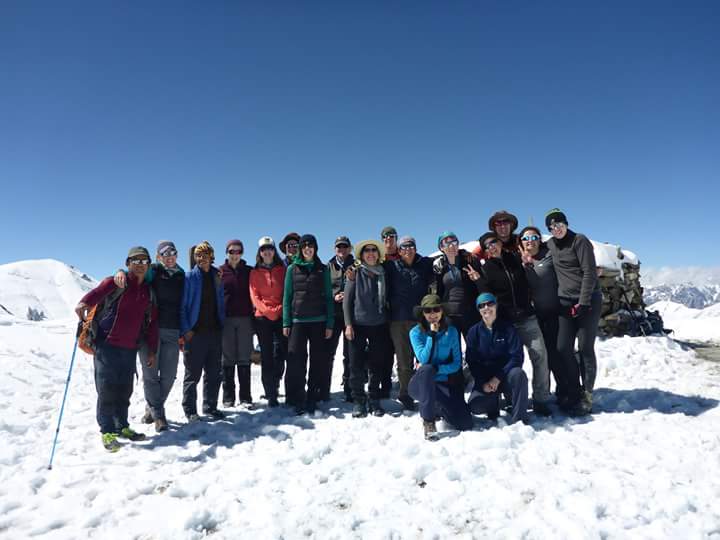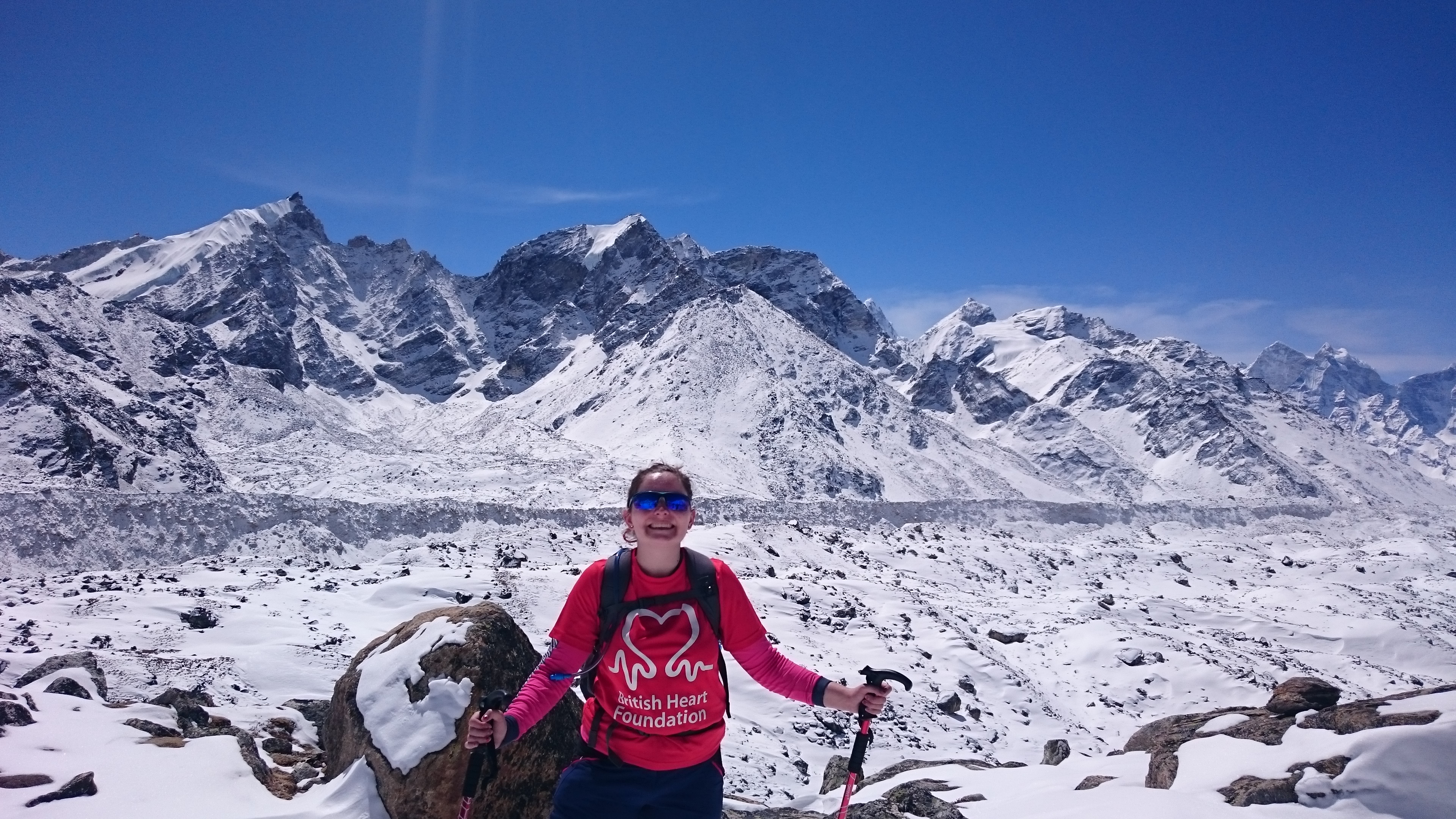
Altitude Adjustment and the Human Body
Everyone has heard about altitude sickness, also known as Acute Mountain Sickness, and the problems and deaths it causes on mountains. The media are quick to cover that. But high altitude adjustment is not as scary as it sounds. Your body is a lot more capable than you think! I decided to compile all the information I’ve learned into one post. A post I wish I was able to read when I first started!

Disclaimer: the below tips have been gathered from the following resources: insights while being on treks with knowledgeable guides, reading about high altitude and my own experiences. I am NOT a doctor and do not pretend to be a high altitude expert. Altitude adjustment is an incredibly important part of high altitude trekking, and if you have specific concerns please seek professional medical advice. These are my own personal tips. Hopefully they will help you feel a little more comfortable with being at high altitude. If you are a doctor or altitude expert and notice any errors, please do let me know and I will correct this post accordingly.
Can our bodies cope at high altitude?
Yes. The human body is extremely adaptable. Think of the mountain locals who live in the Himalayas all year round. They still breathe like normal and live their daily lives. The highest habitable place in the world is La Rinconada in the Peruvian Andes, sitting at at incredible 5,090 meters. For reference, that’s only mildly below Everest Base Camp (5,380 meters). If you follow the right process, in theory your body should be able to acclimatise to an altitude up to around 8,000 meters.
I was incredibly worried on my first trek, but over time you will learn what is normal for you. Your body will adapt – but only if you give it the time and help to do so.
What happens to your body
The reality is the percentage of oxygen at high altitude is exactly the same as that at sea level. However, due to the change in atmospheric pressure your body does not take in as many oxygen molecules as it does lower down.
When this happens your body has to work harder to get oxygen around your system. It creates more and more red blood cells, to try and suck as much of the oxygen out of the air as possible (that’s a scientific term, right?).
As it does this, your blood becomes thicker and slower. If you don’t give your body the right equipment to hydrate and thin your blood, and the right amount of time to acclimatise to the oxygen, that is when you risk a potentially serious situation. If ignored, altitude sickness can quickly lead to a high altitude cerebral oedema (HACE) or high altitude pulmonary oedema (HAPE).
BUT! Lets not get ahead of ourselves. Plenty of mountaineers climb to high altitudes all the time without problems. They have no problems because they do it correctly and in tune with their bodies.

How you can safely acclimatise
There are three main tips to follow to allow for gradual altitude adjustment:
1 – SLOW, SLOW, SLOW! Walk. Slowly. Literally. Slow. As. A. Snail. Any guide you are on the trail with will verbally batter this into you until you get it right. It might feel strange at first, particularly early on the trek when you won’t be feeling the altitude too much. But it makes the biggest of differences. Your body needs to walk slowly in order to acclimatise properly. If you go to fast, you risk getting ahead of yourself and becoming ill. Trust me, it will catch up with your quickly.
2 – Drink lots of water. Your body will dehydrate very quickly. Not only will you be exercising all day, but your blood needs an extra lot of it too. Water tends to kill most altitude symptoms (see next section for a list of these). It will help to dilute your blood and give your body the energy it needs to keep creating those red blood cells.
3 – Sleep. The same as if you had an illness at home: let your body rest. Sleep can be difficult at altitude, but even just resting your body for a few hours, relaxing or reading a book, can be enough to rejuvenate you.

5 Most Common Altitude Sickness Symptoms
1 – Headache. Probably the most common altitude symptom. I get one on every trip. Do not try to put off taking painkillers here. Many people, including myself, try to avoid taking painkillers at home, wanting to allow our bodies to sort out whatever ailment we have on its own. At altitude, because it can affect your climbing and your sleep, you’re better off just taking some painkillers. It will let your body rest efficiently, and hopefully that headache will be gone by morning.
2 – Nausea and Sickness. I experienced this for the first time while hiking Stok Kangri. It occurs because of the build up of pressure in your stomach. If you have the urge to be sick, just let it out. That way you will be relieving the pressure and should hopefully feel brand new again!
3 – Lack of sleep. Unfortunately this one just sucks. You need sleep to acclimatise, but the acclimatisation process interrupts your sleep. As previously mentioned though, even if you’re struggling to sleep, keep at rest. Read your book, listen to some music, just chillax. Interestingly, it is also very common to have strange but vivid dreams at altitude. My favourite was my dream that our Stok expedition leader, Jo Bradshaw (one of the experienced folk I know who is great at explaining altitude sickness), had stolen my snickers bar. For the entire next day, I genuinely believed she had stolen my snickers bar and was livid. Until I found it in my backpack and realised my error. Oops. Sorry Jo.
4 – Lack of Appetite. Another sucky one when you’re surrounded by incredible food, that was probably cooked on a tiny gas stove! Force yourself to eat something. Plain rice was my go to on Everest Base Camp day. Your body needs the energy, even if it doesn’t appear to want it. A top tip with this is to bring some of your favourite snacks from home on the trek with you. That way, even if you can’t stomach dinner, you have a cheeky midnight snack to keep you going when your appetite returns at an inopportune time.
5 – Shortness of breath. Sounds like a given, but people are often surprised when I explain this one to them. Your body is gasping for oxygen and you can feel it as you breathe in. The only way I can describe it is if you take a deep, long breath right now, you feel your lungs fill up entirely and it feels satisfying. At altitude, it’s like there’s a barrier stopping you from getting to the “full” feeling. Like a rubber band making your lungs a little tighter. You get used to it pretty quickly though and it just becomes the norm. Until you’re on the descent, filling up with oxygen, and all of a sudden you realise you have always taken deep breaths for granted!
If symptoms worsen while climbing higher, it is important to stop and rest, allowing your body to adjust before continuing up. If at rest your body is still not adjusting, its important to consider that you may have to turn around and get lower, allowing your body more oxygen. Your guides will be able to advise when they think that would be necessary.

Does it always work?
Sometimes even if you feel you’ve played the acclimatisation game by all the rules, allowing your body the correct altitude adjustment, your body just doesn’t want to join in. It just rejects the lack of oxygen. This happens to even the most experienced of high altitude climbers at times. All you can do is try your best, give your body everything you can, and hopefully it should be enough.
On that note, do make sure you have the correct insurance in place to cover you, should you end up in a situation where you need evacuated. I have most recently used True Traveller* and was extremely impressed with how many cover options they have for trekking adventures, and how easy it was to book up online.
*Damn right this is an affiliate link. But it wouldn’t be here if it wasn’t a company I would honestly recommend, affiliate or not. So if you need trekking insurance, clicky-click through that link, and it will help me buy cuppa to sip at while writing more posts.

I hope this post has helped answer any questions you have about altitude sickness. I have a post coming up soon regarding altitude sickness remedies, so make sure you’re signed up for email updates of new posts!
If you have anything to add or ask, get in touch via Facebook or Instagram, or drop me a comment below!
